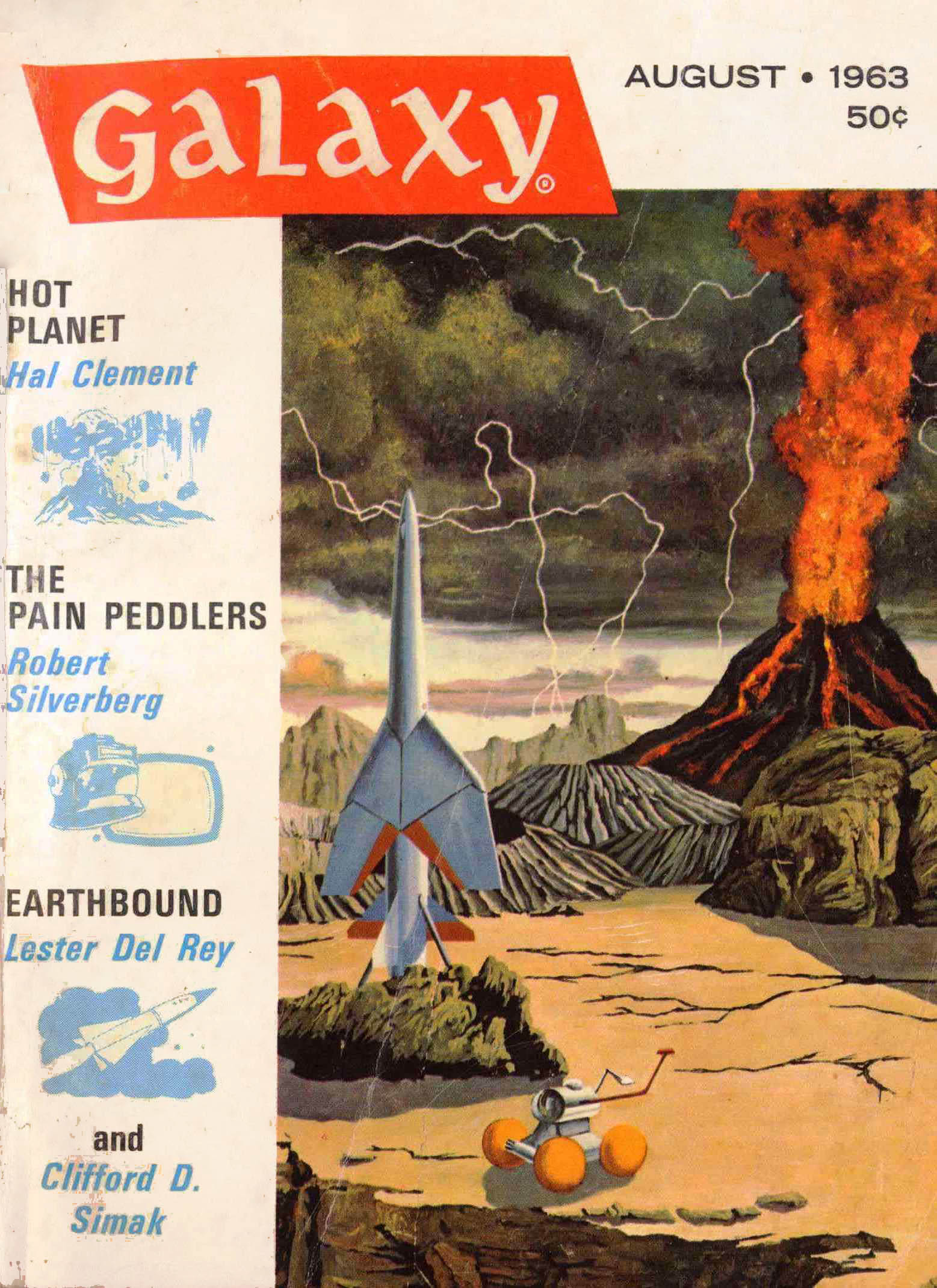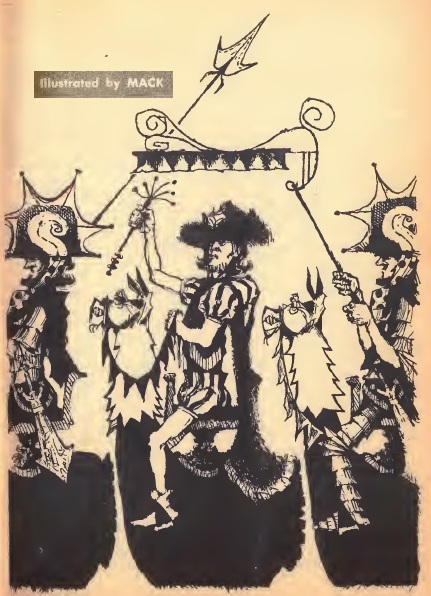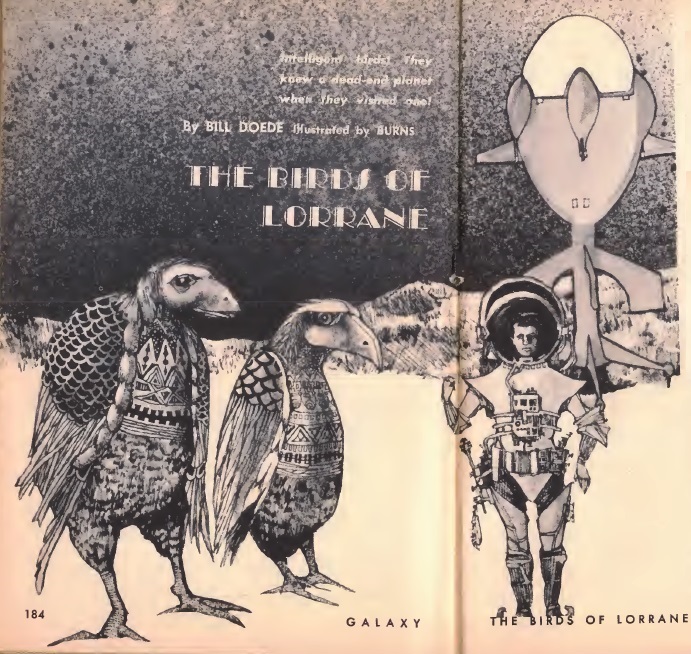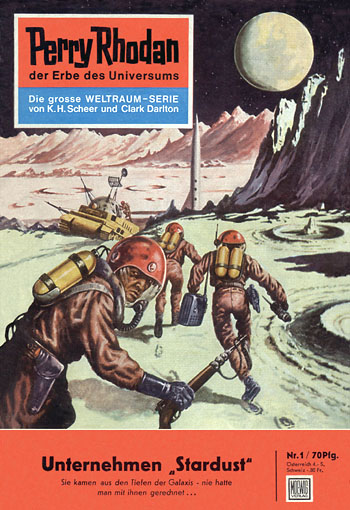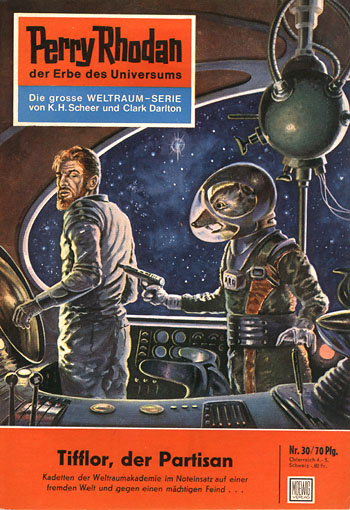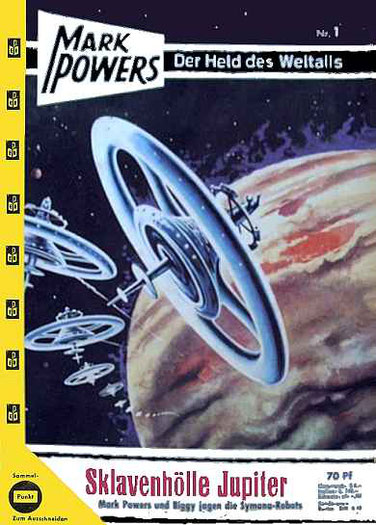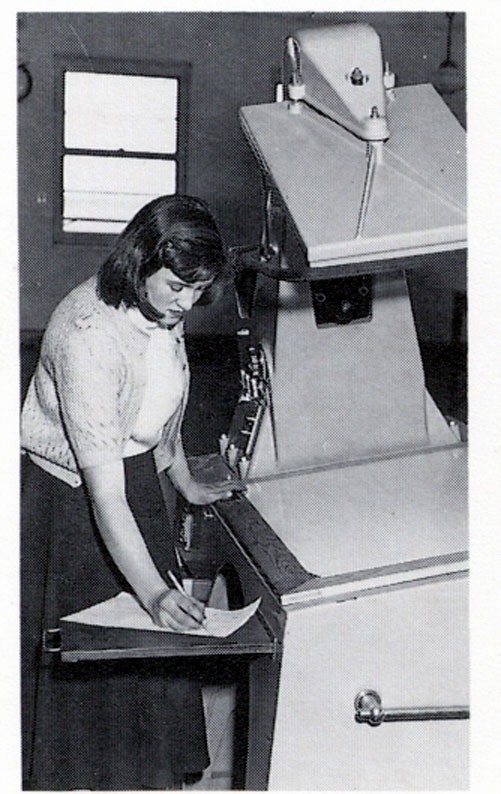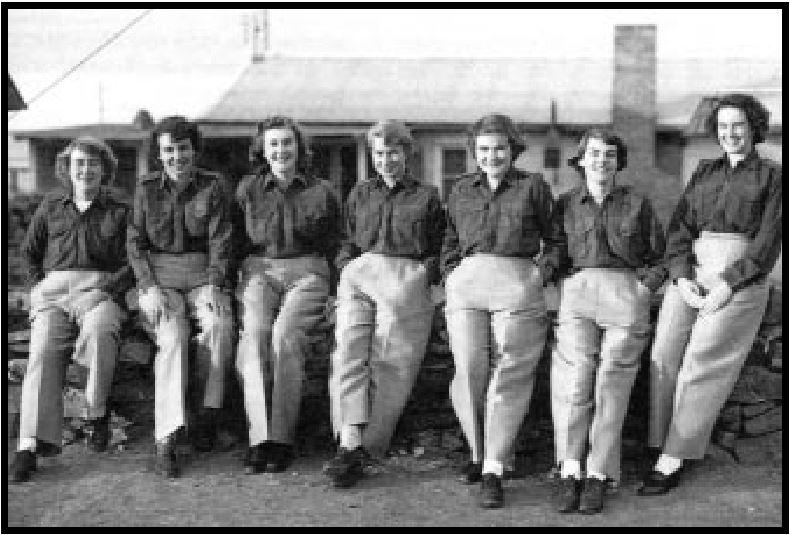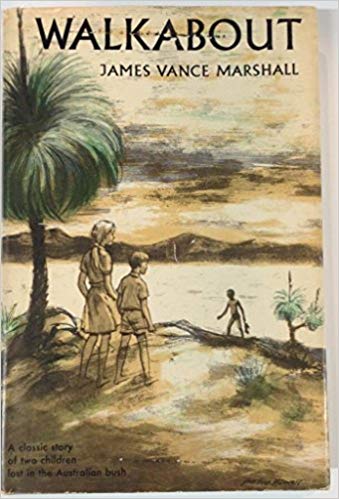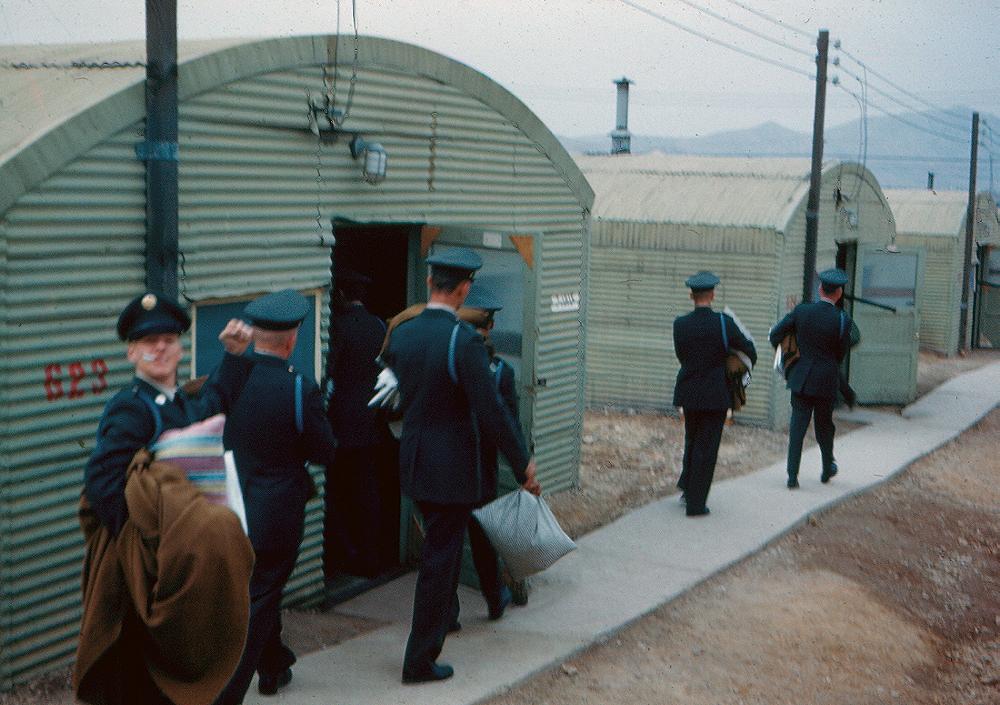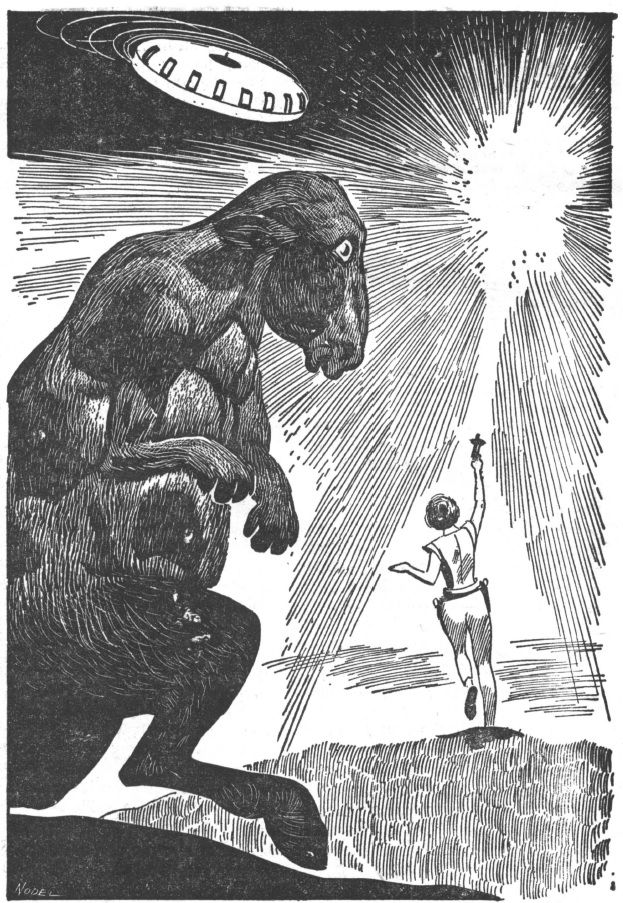[A printing error in the first few paragraphs of this article led to some embarrassing apparent mis-statements as to who Mr. Ellison's English professor was. If you read this article before 4:30PM Pacific Time, I recommend trying again!]

by Gideon Marcus
Until last month, I'd hardly known of Harlan Ellison. Oh sure, his outsized personality and less-sized stature made him (in)famous in the fan community in the early '50s, but when he went pro in a big way around 1956, he mostly got published in SF mags I didn't read. So I was delighted at the opportunity to catch up on what I'd missed with his latest book, a collection of science fiction work from his first eight years, amusingly titled Ellison Wonderland.

(at Worldcon in '55 [courtesy of Fanac])
This is what I know about the fellow: He went to Ohio State for a few semesters, where taught English professor Doris Pitkin Buck, one of the few members of academia who has managed to also have a thriving career in our genre (under her own name, at least). Unfortunately, the English professor he got was a Robert Shedd, who told Harlan that he had no talent for writing.
So Harlan dropped out of school and moved to New York in '55 to become a writer (I have a similar story — that's how I became a writer). NYC adopted him, and he adopted it, and the two are now inextricably linked. Over the next few years, he sold a raft of stories and not just to the SF mags. In fact, the bulk of his work went into the mainstream and under-the-counter venues.
He served in the Army for one hitch, came back, kept writing, and last year, he moved to Los Angeles to make it in Hollywood. I understand Charles Beaumont helped get him on his feet by connecting him with the TV folks he knew.
Ellison reminds me a bit of Robert Sheckley. Both were in the military, both are Jewish, both were and are no longer married. Their format of choice is the short story, often cynically humorous. But Ellison's got more of a literary touch to his stuff, more affinity for the macabre. It'll stand him in good stead as a screenplay composer, I think.

Anyway, his first collection is quite good, particularly in the latter half (the stories are not arranged chronologically, so I suspect he saved his better stuff for last). You may have seen his stories when they were first published, but it's worth picking up the book for the introductions. Here's what there is:
Commuter's Problem
from Fantastic Universe, June 1957
The longest piece deals with a salary man who takes the wrong train during his morning commute — and ends up across the galaxy. A fair flight of fancy, but it never got in the groove for me. Three stars.
Do-It-Yourself
from Rogue, February 1961
It seems you can get a kit for anything these days, including murder. See all the ways Madge Rubichek tries to rid herself of her deteriorating husband. Dark and sly, it's perhaps the Sheckleyist of the stories. Four stars.
The Silver Corridor
from Infinity, October 1956
Dueling returns in the future, enabled by a fantastic machine that allows two opponents to fight in an unlimited variety of virtual settings. But in a pure test of mental will, best make sure your convictions are strong! A neat story, a bit like The Dueling Machine in a recent Analog — but Ellison does it better. Four stars.
All the Sounds of Fear
from The Saint Detective Magazine, July 1962
The latest story published by Ellison (at least, at the time of the book's compilation) is a mature piece about an actor who really gets into his role. Such is the danger of being a schizoid — latch onto the wrong model, and you're in for a world of pain. Four stars.
Gnomebody
from Amazing Stories, October 1956
High school slacker makes a deal with a gnome, but his request is taken a bit too literally. This is the most trivial piece in the collection, which fits given its early date of creation. Three stars, barely.
The Sky Is Burning
from IF Science Fiction, August 1958
Why did the aliens fling themselves against our planet, committing suicide by immolation like so many cosmic lemmings? And what terrible meaning does this have for humanity? A bit overdone for my tastes — it just doesn't mean as much as it means to. Three stars.
Mealtime
from Space Travel, September 1958
A trio of spacemen, representing all that is distasteful about our planet, are eaten by a sentient planet. Indigestion results. Three stars.
The Very Last Day of a Good Woman
from Rogue, November 1958
Arthur Fullbright is cursed with clairvoyance on the eve of the Earth's destruction. Worse yet, he's never gotten laid. That's a set-up for a wacky, slight piece. This isn't either of those. Five stars.

(also from Worldcon '55 [courtesy of Fanac])
Battlefield
from Space Travel, November 1958
Some people are career military. That's all well and good, but what happens when war becomes just another profession, its soldiers a bunch of apathetic commuters doing pitched battle nine-to-five on the Moon (where civilians don't have to see or endure any of that messy killing business)? If ever there was an argument for conflict to be well televised, this is it. Three stars.
Deal from the Bottom (written with Joe L. Hensley)
from Rogue, January 1960
A stupid man makes an even dumber deal with the Devil…or at least, one of his understudies. Cute. Three stars.
The Wind Beyond the Mountains
from Amazing Stories, January 1957
Harlan Ellison found that, despite having schlepped from one end of the country to the other in his early life, New York was the town for him. So strongly did he come to this conclusion that he wondered how he survived before he got there…and how he might fare upon having to leave. Some can handle the disruption. Others may find it fatal. This moving story, about a band of interstellar explorers and the aliens they discover, explores that pain of dislocation. Four stars.
The Forces That Crush
from Amazing Stories, December 1958
Some nebishes amount to too little to be noticed by the world. One fellow, name of Winsocki, disappears from the ken of humanity altogether, to his chagrin. I don't know why, but I love this story. Five stars.
Nothing for My Noon Meal
from Nebula Science Fiction, September 1958
A spacewrecked astronaut finds salvation but tragic disfigurement upon encountering the fluhs, one of the few lifeforms on a barren planet. But is the change such a curse? Another story with staying power. Five stars.
Hadj
from Science Fiction Adventures, December 1956
It's easy to think our species is pretty hot stuff, particularly once we develop space travel and all that jazz. But it's entirely possible that the reaction we get from the galactic citizenry will be some variant of (as my nephew is fond of saying) "Siss on you, pister — you ain't so muckin' fuch." Cute, but clearly an early story. Three stars.
Rain, Rain, Go Away
from Science-Fantasy, December 1956
The third story Ellison ever wrote, it was inspired by the torrential rain storm that accompanied the first week of his arrival in New York. It seems you can wish for the rain to leave…but it's a loan, not a gift. Too fantastic for American magazines, it was eventually published across The Pond. Three stars.
In Lonely Lands
from Fantastic Universe, January 1959
Last up, appropriately, is the story of a dying man and the alien who joins him for his final years as manservant and companion. It's a lovely, haunting piece. Four stars.

(a recent pic, from Westercon, with Poul Anderson [courtesy of Fanac])
There you have it — not a clunker in Ellison's first collection, and some instant classics, to boot. Based on these and the few works of his I've managed to catch elsewhere, I think it's safe to conclude that here is a talent of the first rank, one who will go far no matter which coast he ends up on.
[P.S. Did you take our super short survey yet? There could be free beer/coffee in it for you!]































